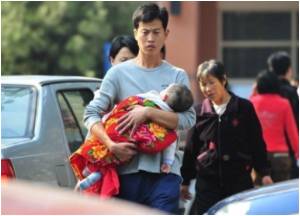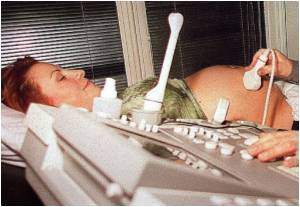This release is available in Spanish.SEATTLE

The study, "Increased educational attainment and its effect on child mortality in 175 countries between 1970 and 2009: a systematic analysis," will be published online by The Lancet on Sept. 18. It shows that education is rising in every region. Most dramatically, average years of schooling for women of reproductive age (ages 15 to 44) in developing countries have grown from 2.2 years to 7.2 years. Globally, women ages 25 and older have seen an increase in education from 3.5 years to 7.1 years, while men in that age range have seen an increase from 4.7 years to 8.3 years. In six countries – Afghanistan, Burkina Faso, Chad, Mali, Niger, and Yemen –women receive less than one year of schooling.
"We know that direct health interventions, such as immunizations, preventive care, and hygiene classes, are crucial to improving health worldwide," said Dr. Emmanuela Gakidou, the lead author of the study and Associate Professor of Global Health at IHME. "What this study shows is that by focusing on education as well, we can increase the impact that we are having on health."
For young adults ages 25 to 34, who have most recently completed their education, the education gap between men and women is narrowing overall. By 2009, women had greater levels of education than men in 87 countries, including Qatar, Malaysia, and the Philippines. However, in 40 countries, including Afghanistan, Pakistan, and Nepal, the gender gap was larger in 2009 than in 1970.
Led by Gakidou, researchers at IHME gathered data from 915 censuses and national surveys worldwide to create a time series of education levels for 175 countries. They found 31 countries had improved the average years of schooling of reproductive-age women by more than three years between 1990 and 2009. This includes several countries in the Middle East: Saudi Arabia, Lebanon, and the United Arab Emirates. In seven of the world's 10 most populous countries, women of reproductive age had on average received more than six years of schooling by 2009, meaning they likely completed primary school.
Most of the countries on pace to meet Millennium Development Goal 4 – reducing the child mortality rate by 66% between 1990 and 2015 – have improved their average years of schooling for reproductive-age women faster than the global average of 1.9 years since 1990. This includes countries such as Thailand, Egypt, Sri Lanka, and Peru. The researchers estimate that economic growth contributed relatively little to reductions in child mortality – accounting for 7.2% of the reduction between 1970 and 2009 – in large part because development has been slow in countries with the highest child mortality rates.
Advertisement
For this reason, the researchers believe advances in global health – including vaccines, antibiotics, and medical devices – will be accepted and adopted more quickly by mothers with more education. With most children now graduating from primary school, the researchers conclude that further progress in educational attainment will require increases in secondary school attendance. Further study is needed, though, to determine the appropriate level of investment to achieve that goal.
Advertisement
Source-Eurekalert









